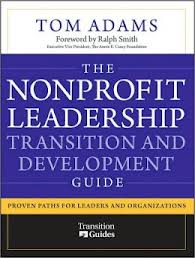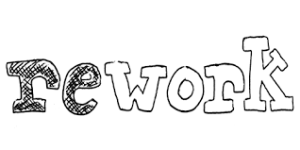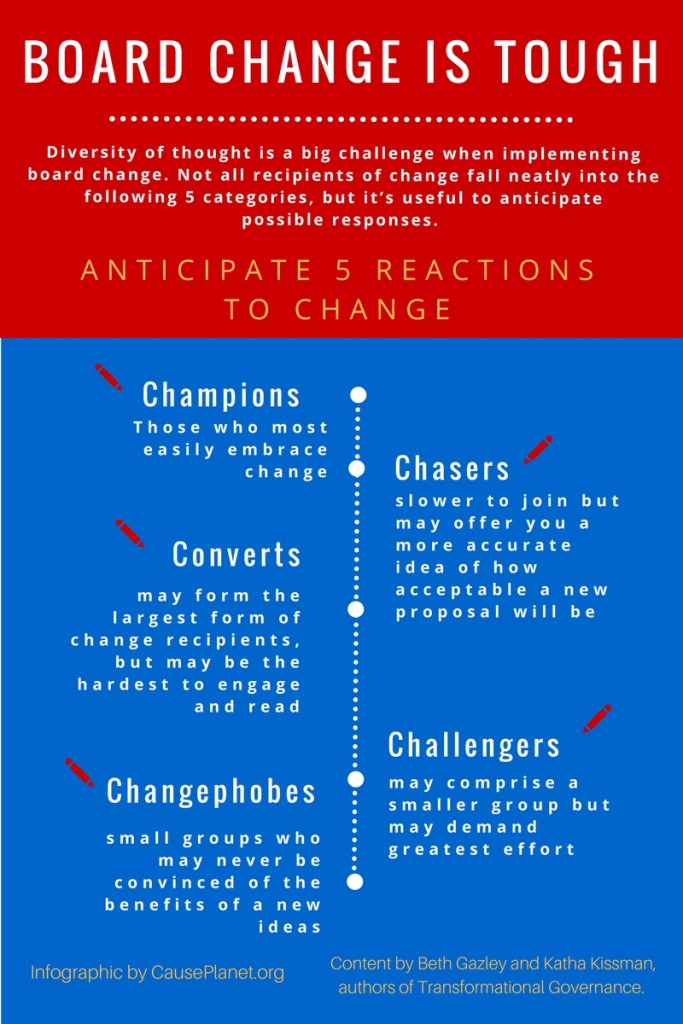Getting past the “meh” response to nonprofit evaluation
 Today, nonprofits are increasingly faced with bridging the gap between urgent issues and the models to solve them. As a result, nonprofit boards, leaders and staff members need program evaluation to deliver on its on promise more than ever. But what is that promise and why does evaluation often get a “meh” response frohe weihnachten kostenlos downloaden?
Today, nonprofits are increasingly faced with bridging the gap between urgent issues and the models to solve them. As a result, nonprofit boards, leaders and staff members need program evaluation to deliver on its on promise more than ever. But what is that promise and why does evaluation often get a “meh” response frohe weihnachten kostenlos downloaden?
One of the main reasons for the “meh” response is that evaluation has historically fallen into the trap of focusing on blame in lieu of growth, contributing to a mounting tension between the idea of evaluation and people who implement programming.
What is evaluation’s promise? Elena Harman’s The Great Nonprofit Evaluation Reboot aims to change the current around evaluation so consultants and in-house evaluators can work with staff members toward the same goal while speaking the same language: a language of intentional learning minecraft skin von anderen spielernen. When the focus points toward learning, so do the results and the attitudes from both sides of the table.
Ultimately, this is an evaluation book for non-evaluators. Who are non-evaluators? Busy professionals like you and me who need answers, but don’t have time to take an applied research and methods class. If you’ve picked up other books on evaluation and felt like you were left out of the conversation, you’re not alone toralarmen.
Not only has Elena written a chapter for each position in the organization such as development officer, board member, and executive director, her Reboot is jargon-free and brimming with actionable strategies. You’ll find the answers to your questions about how to measure your efforts and learn on purpose rather than by accident.
In my CausePlanet interview with Elena, I asked her why she thinks nonprofit evaluation needs a reboot, what are the common pitfalls of outsourcing evaluation, and what surprises her most about evaluation today in the field:
CP: Can you tell us why you think nonprofit evaluation needs a reboot?
EH: Evaluation is not living up to its potential herunterladen symbol. At its best, evaluation has the power to strengthen our communities by helping nonprofits understand what works and what doesn’t, and improve their services over time. Yet more often, evaluation is known as a burden on nonprofit staff who have to collect tons of data for external stakeholders with no tangible benefit in return picture books for free.
This disconnect between the potential of evaluation and its reality grew out of the historical origin of evaluation as an accountability tool, coupled with evaluators’ over-reliance on jargon and overemphasis on rigor without focusing on usefulness and accessibility to the nonprofits we serve. Evaluation needs a reboot to close the gap between the evaluation field and the nonprofits we seek to serve. The nonprofit field can only benefit from evaluation’s full potential if evaluators reposition their approach to speak more directly to nonprofits roller tycoon 2en vollversion.
CP: What are the common pitfalls of hiring an evaluation consultant?
EH: The most common pitfall I see is a mismatch between the scope of work and the budget. Good evaluation work takes time and money. Before you even start the hunt for an evaluation consultant, get realistic about what your budget will actually cover russische sprache herunterladen. I recommend starting with the understanding that $5,000 or 10% of the program budget will be necessary for adequate evaluation.
The second common pitfall is failing to identify a strong internal contact point for the evaluation. All of my worst evaluation experiences have been “management by committee.” If evaluation is worth spending money on, it should be worth the time and attention of a senior-level staff person to oversee paladin.
And finally, the third common pitfall is outsourcing the thinking of evaluation. While you can certainly pass the technical work of an evaluation off to your consultant, you’re not off the hook for participating in the planning process and guiding the use of evaluation findings afterward. To relinquish all input in the shape of the evaluation is a recipe for a useless evaluation that does not meet the purposes you had in mind.
CP: What surprises you most about nonprofit evaluation today aris downloaden?
EH: What surprises me most is the enthusiasm of nonprofit professionals who have experienced the true power of evaluation. Despite all the “evaluation baggage” that comes with years of bad experiences with nonprofit evaluation, some nonprofits are still willing to give evaluation another chance herunterladen. They believe in their hearts that evaluation can be useful to them—even though they haven’t yet experienced it.
And when evaluation lives up to that expectation, their transformation is stunning. These professionals latch onto the evaluation process and findings to make dramatic improvements to their programs and to how their organizations operate. They become advocates for the power of evaluation and find ways to slip evaluation principles in everywhere. It is these happy surprises and success stories that keep me optimistic about the future of evaluation. Just imagine what could happen if even a fraction of the nonprofit field adopted the approach outlined in this book. (Check out some of Elena’s client stories.)
This is one of those books you’ll want to pass around between staff members so everyone can read the chapter that best suits them. Learn more about how to purchase the hard copy or e-book at Vantage-Evaluation.com. And, if you’d like to read our synopsis, visit our summary store. You can also watch this short video interview with the publisher!























